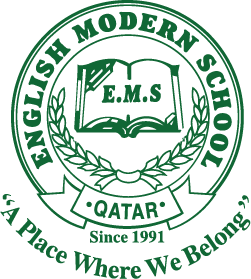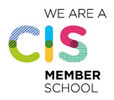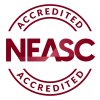One of the aims of EMS is to offer a broad, balanced, coherent and integrated curriculum that will prepare our learners for each new stage of their education up to and including university entrance. In order to ensure our learners achieve good results in these external examinations, it is essential that they be provided with ample opportunities, which will allow them to develop, improve and refine their examination preparation and writing strategies.
Assessment Method
ASSESSMENT
EMS teachers will use assessment and evaluation practices and procedures that
- Identify needs and motivate learners
- Monitor achievement and progress, and support learning
- Provide information to appropriately place and/or promote learners
- Guide future planning, teaching and curriculum development
- Inform parents and celebrate learners’ achievements with the wider school community
- Actively involve all learners in their learning, identifying next steps
- Engage learners in the discussion of their own work
- Provide a database for future analysis
Continuous, ongoing assessments “of, as and for” learning will be administered through a variety of tasks, throughout the year, with formal reports being sent home to parents at the end of each term. This data will provide the cumulative informatio,n which will be used by the teacher as evidence of the learner’s ability to meet/supersede the current year’s curricular expectations. This information will also provide the teacher with the ‘hard data’ needed to assess the learners’ readiness to be promoted to the next academic year.
Assessment for Learning:
Focuses on where the learner is now, where the learner is going and how the learner can get there. It focuses on the feedback process (teacher to student and student to teacher) to maximise learning. A variety of tools can be used for feedback, from informal (verbal feedback given immediately to learners) to formal (written feedback given after a test) (Cambridge, 2019).
Assessment as Learning:
Involves students in the learning process by using reflection, self-assessment, peer assessment and feedback from their teachers to work towards their learning goals. This type of assessment is learner-driven.
Assessment of Learning
Used to sum up students’ learning at the end of a topic or unit. As it sums up what the students have achieved, it looks back and shows what the students have learnt, comparing information against the criteria-based curriculum outcomes. (Cambridge, 2019).








